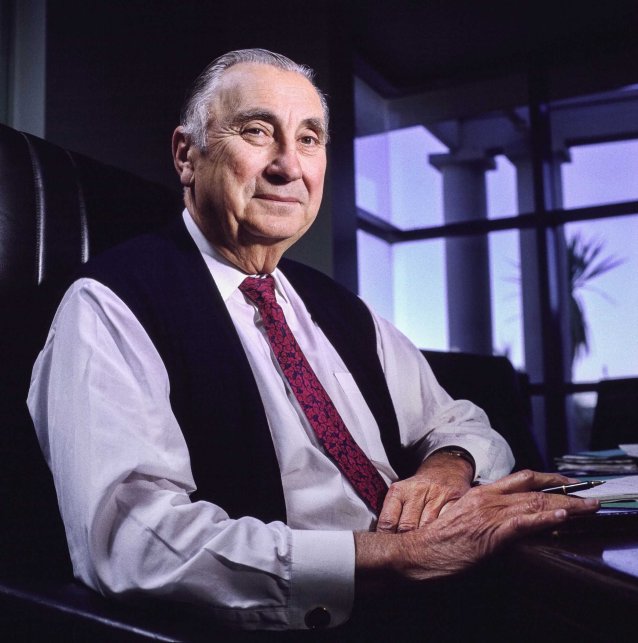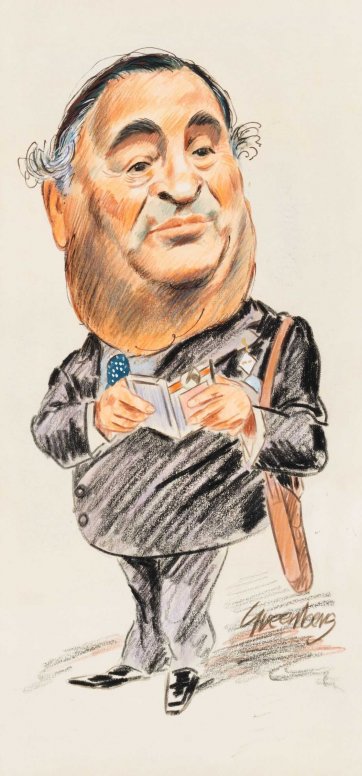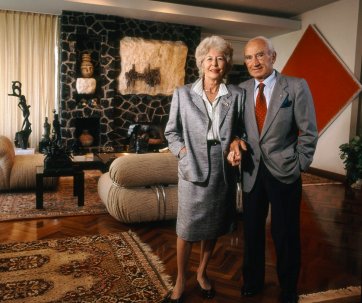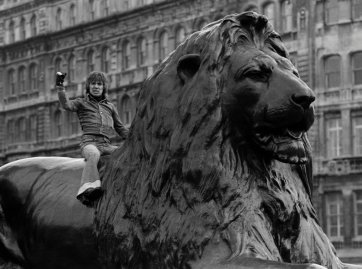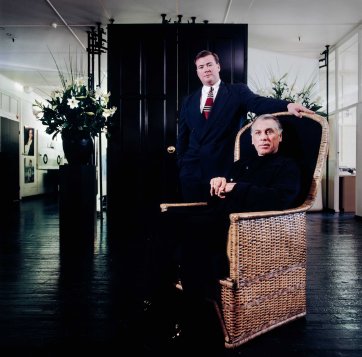Sir Tristan Antico AC KCSG (1923-2004), industrialist, horse breeder and philanthropist, came to Australia from Italy as a six or seven year old. His opera-loving father, Terribile, left Mussolini’s Italy for Australia and worked until he could afford to bring his family out. Tristan and his sibling Ninevis came speaking no English, but their father insisted on education and at the selective Sydney Boys High, Tristan excelled at cricket. Leaving school, he joined a firm called Malleable Castings, studying accounting at night; in 1950, he borrowed money from his uncle Beppi, bought an Oldsmobile, shovels and wheelbarrows, and with Kelvin Conley began offering his services around Sydney building sites. Within a year, they had more than a dozen employees, he had married Dorothy Shields and he had purchased Tregoyd, a dilapidated federation house in Mosman – now listed by the National Trust. In 1954 he bought the Pioneer Readymix concrete company; he was to run it for 43 years, during which it became a multinational public company. In 1980, Pioneer took over Ampol and Antico became its chair, too. Meanwhile, he became chair of St Vincent’s Hospital and a founding member of the Art Gallery of New South Wales Foundation; he was an art collector himself, and a patron of opera. He also built eleven houses, designed by Keith Cottier, on the subdivided land surrounding Tregoyd (now known as the ‘Tregoyd Estate’ houses). His interest in horseracing began in the late 1960s; he bought Baramul Stud in 1984 and the adjoining Oakleigh Stud two years later. In the 1990s, however, he lost a huge amount of money on his horses. He sold almost all his Pioneer shares, his Sickert paintings and Tregoyd; at last, in 1999, Gerry Harvey bought Baramul and Oakleigh. Finally Pioneer was taken over and rebranded by the Hanson group. Antico died five months later.
Purchased 2018
© Gary Ede
The National Portrait Gallery respects the artistic and intellectual property rights of others. Works of art from the collection are reproduced as per the
Australian Copyright Act 1968 (Cth). The use of images of works from the collection may be restricted under the Act. Requests for a reproduction of a work of art can be made through a
Reproduction request. For further information please contact
NPG Copyright.
